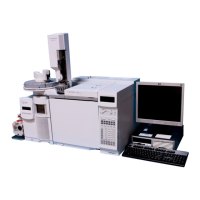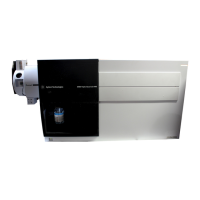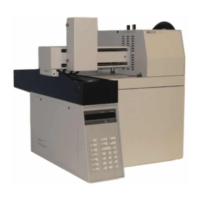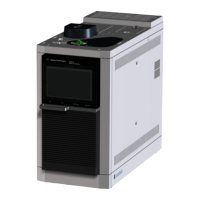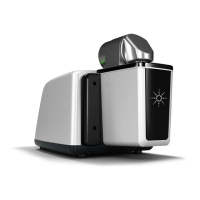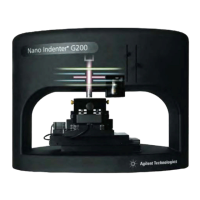Test V. E6006A Power Meter Submodule D Single-Mode/Multimode Module Performance Tests
E6000C Mini-OTDR User’s Guide, E0302
263
NOTE If you are performing the optional accuracy test at
850 nm, it is sufficient to measure at the highest power
level. This means that you do not need to use an
attenuator: you can connect the laser source directly to
the optical head using an Agilent 81501AC patchcord.
13 Make sure that the E6006A DUT has warmed up.
Set up equipment 14 Set the DUT to 1310.00 nm.
15 Enable the laser source and the Agilent 8156A output,
and wait 3 minutes until the laser has settled.
16 Set the attenuation of the attenuator to 0.00 dB.
17 Set the DUT to display power levels in W.
Note result in test record 18 Note the displayed measured value on the DUT in the
test record.
Repeat for other attenuations 19 Repeat step 18 for all attenuation values listed in the
test record.
Test of other wavelengths
Repeat for other wavelengths 20 Set the laser source to 1550 nm (nominal), and set the
attenuator and the DUT to 1550.00 nm.
21 Repeat steps 1 to 19 for this wavelength, replacing all
settings of 1310 nm/1310.00 nm by 1550 nm/
1550.00 nm.
NOTE The Reference Power Meter 81524A and the DUT are both
of the same type InGaAs. This means that the wavelength
dependencies are equal.
As long as both the Reference Power Meter and the DUT
are set to the same wavelength, the actual wavelength of
the source does not noticeably add to measurement
uncertainties, if the source is within a
±20 nm limit of the
measuring wavelength
Artisan Technology Group - Quality Instrumentation ... Guaranteed | (888) 88-SOURCE | www.artisantg.com

